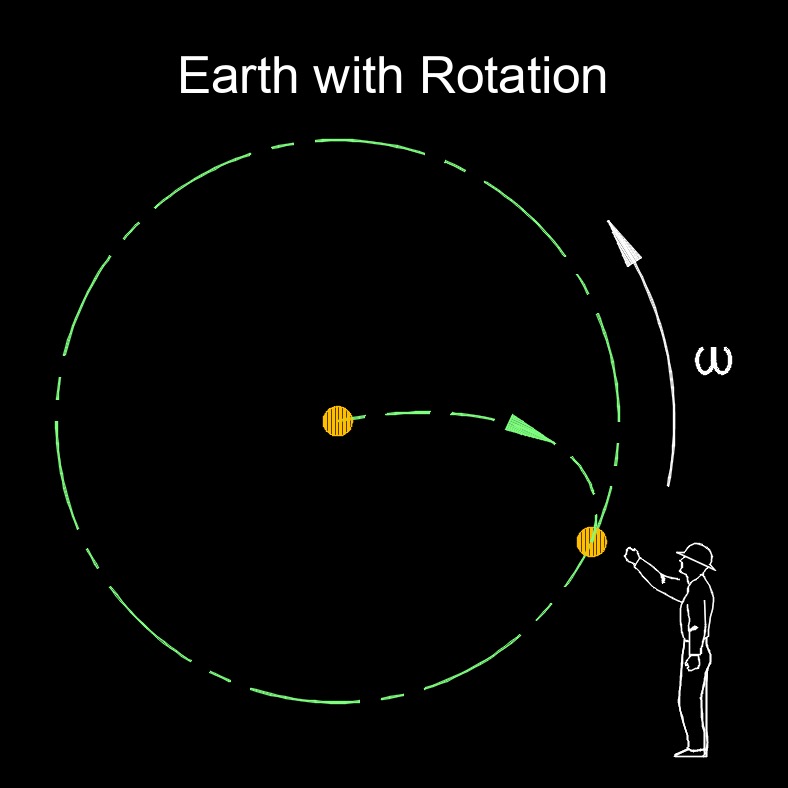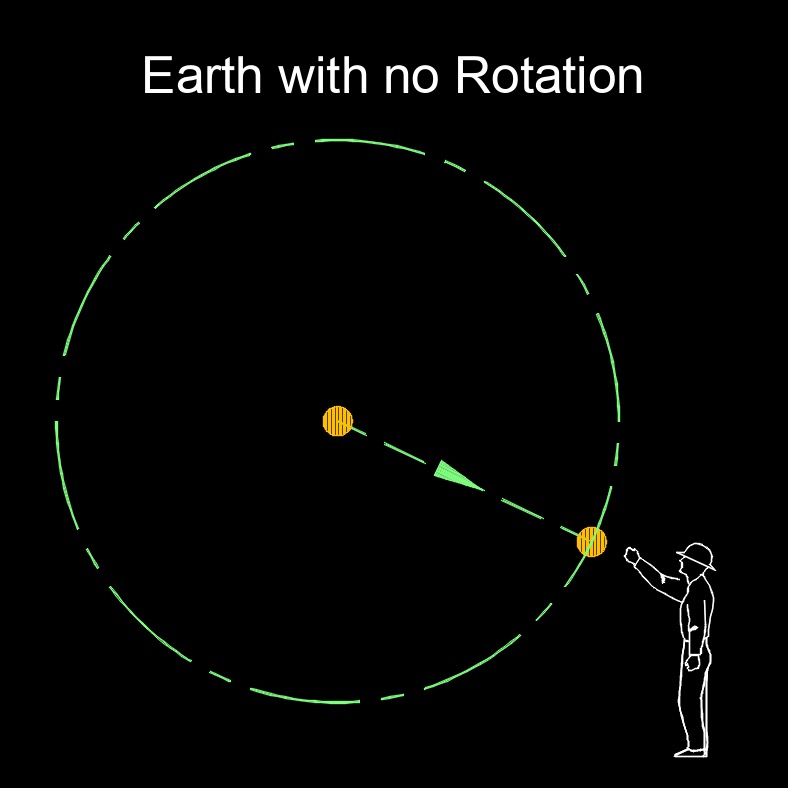Coriolis Force
Coriolis Force Formula |
||
|
\( F_c \;=\; - \; ( 2 \cdot m \cdot ( \omega \cdot v_t ) \;) \) (Coriolis Force) \( m \;=\; - \left( \dfrac{ F_c }{ 2 \cdot ( \omega \cdot v_t ) } \right) \) \( \omega \;=\; - \left( \dfrac{ F_c }{ 2 \cdot ( m \cdot v_t ) } \right) \) \( v_t \;=\; - \left( \dfrac{ F_c }{ 2 \cdot ( m \cdot \omega ) } \right) \) |
||
| Symbol | English | Metric |
| \( F_c \) = Coriolis Force | \(lbf\) | \(N\) |
| \( m \) = Object Mass | \(lbm\) | \(kg\) |
| \( \omega \) (Greek symbol omega) = Angular Velocity | \(deg\;/\;sec\) | \(rad\;/\;s\) |
| \( v_t \) = Tangential Velocity | \(ft\;/\;sec\) | \(m\;/\;s\) |
Coriolis force, abbreviated as \(F_c\), also called Coriolis effect or Coriolis acceleration, is a fictitious force that appears to act on objects in a rotating frame of reference, such as the Earth. The Coriolis force arises due to the rotation of the Earth. As the Earth spins on its axis, different points on the Earth's surface are moving at different speeds depending on their distance from the axis of rotation. This difference in rotational velocity causes objects that move horizontally across the Earth's surface to appear to be deflected from their straight line paths. It is a fundamental concept in meteorology, oceanography, and the study of the Earth's dynamics.



